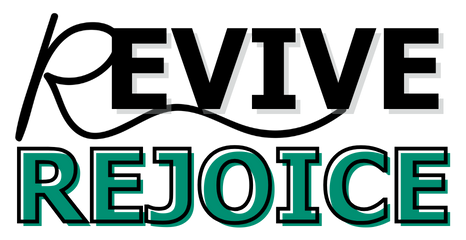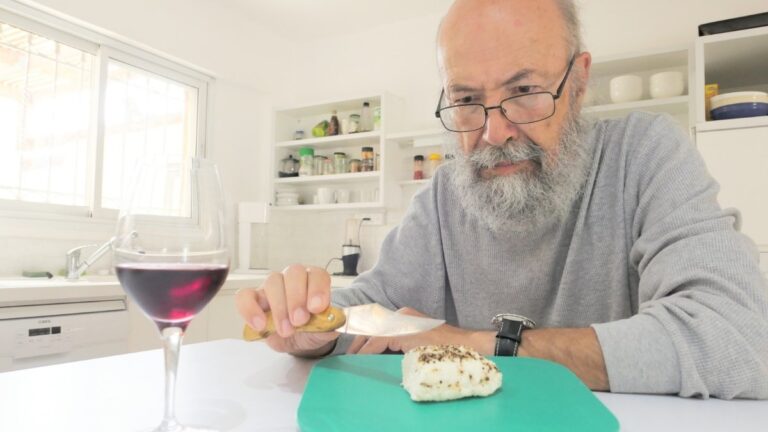15 Bone Foods Over 50s Must Eat to Beat Osteoporosis, Study Reveals
By age 50, you’re losing 1% of your bone density every year—but the right foods can flip this dangerous trend. Bone loss accelerates after 50, with 1 in 2 women and 1 in 4 men over 50 experiencing osteoporotic fractures.
The good news? Strategic nutrition can dramatically slow this process. In this guide, you’ll discover 15 scientifically-proven bone strengthening foods over 50 that boost calcium absorption and support osteoporosis prevention.
You’ll get exact serving sizes, optimal meal timing, and a simple weekly meal plan that makes protecting your bones deliciously simple and sustainable for life.
🦴 Foods That Steal Your Calcium
What to limit after age 50 for stronger bones
🎯 Your Action Plan
Start small: Cut ONE calcium thief from your daily routine
Your bones lose calcium faster after 50 – every change counts
15 Powerhouse Foods for Stronger Bones After 50
Your bones start losing density after 30. By 50, this becomes a bigger problem. You might feel fine now, but weak bones can lead to breaks that change your life forever.
The good news? The right foods can help keep your bones strong. Here are 15 foods that actually work.
Food 1: Wild-Caught Salmon
Why Your Bones Need This Fish
Salmon gives you three bone-building superstars in one package. First, vitamin D helps your body absorb calcium. Most people over 50 don’t get enough. One 4-ounce piece of salmon provides about 600-700 IU of vitamin D.
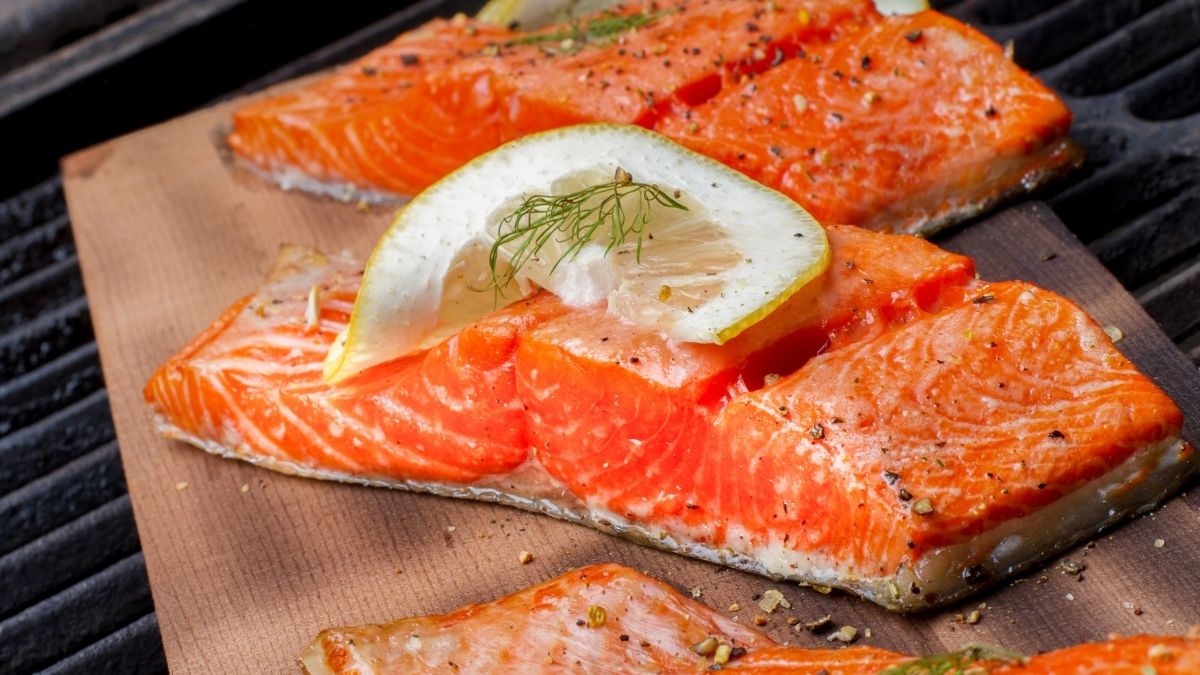
Second, omega-3 fats reduce inflammation that can weaken bones. Third, you get 25 grams of high-quality protein. Your bones are about 50% protein, so this matters more than you think.
How Much and How Often
Eat 4 ounces of salmon 2-3 times per week. That’s about the size of your palm.
Keep It Simple
Bake salmon at 400°F for 12-15 minutes. Don’t overcook it or you’ll lose nutrients. Season with lemon, herbs, and a little olive oil.
Save Money Without Losing Benefits
Canned salmon costs less and still packs nutrition. Look for wild-caught varieties with bones included. Sardines work too and cost even less. Both give you calcium from the soft bones you can eat.
Food 2: Greek Yogurt
More Than Just Protein
One cup of plain Greek yogurt delivers 200-250mg of calcium. That’s about 20% of what you need daily. But here’s what makes Greek yogurt special: it has twice the protein of regular yogurt.
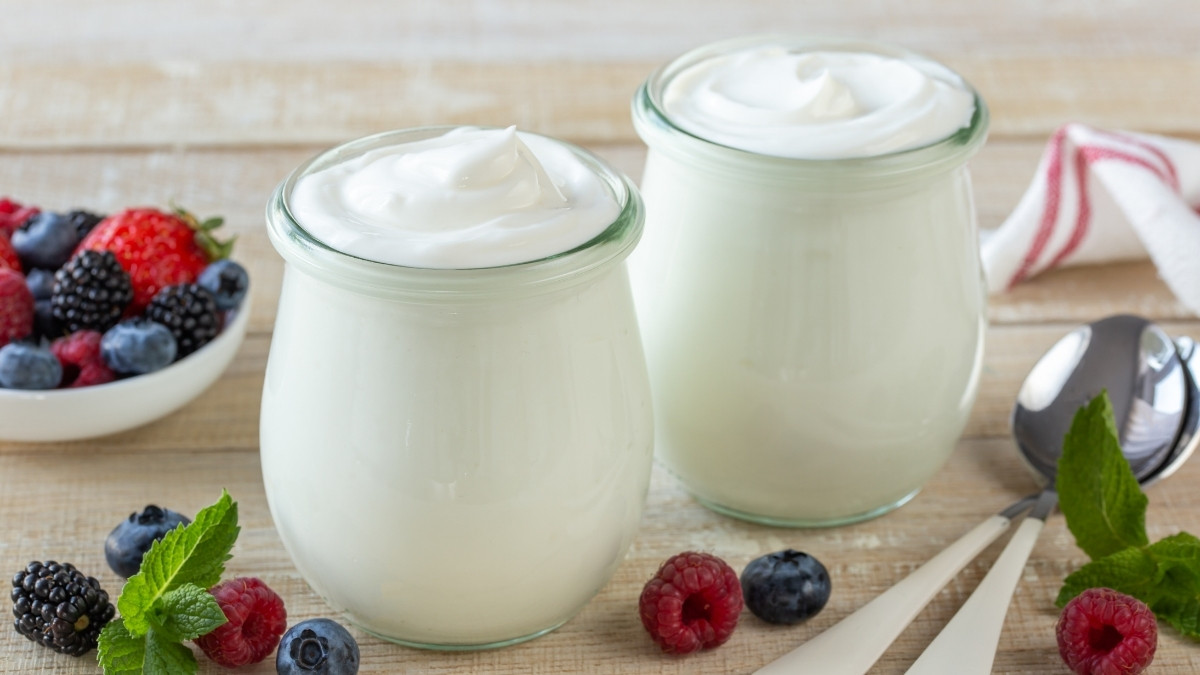
This protein helps build the framework that holds calcium in your bones. You also get probiotics that may help your body absorb calcium better. Research shows people with healthy gut bacteria absorb more nutrients.
The Daily Habit That Works
Eat 1 cup of Greek yogurt daily. Pick full-fat varieties when possible. Your body absorbs fat-soluble vitamins better with some fat present.
Choose the Right Kind
Read labels carefully. Some yogurts have more sugar than a candy bar. Look for plain varieties with live cultures listed. Add your own fruit for sweetness.
Avoid yogurts with artificial sweeteners if possible. Some studies suggest they might interfere with calcium absorption.
Easy Ways to Eat More
Use Greek yogurt instead of sour cream. Mix it with herbs for a veggie dip. Blend it into smoothies with berries. Or eat it with nuts and honey for a bone-building snack.
Food 3: Leafy Greens (Kale, Collards, Bok Choy)
The Vitamin K Powerhouse
Your bones need vitamin K to make proteins that hold calcium in place. Without enough vitamin K, calcium can’t do its job properly.
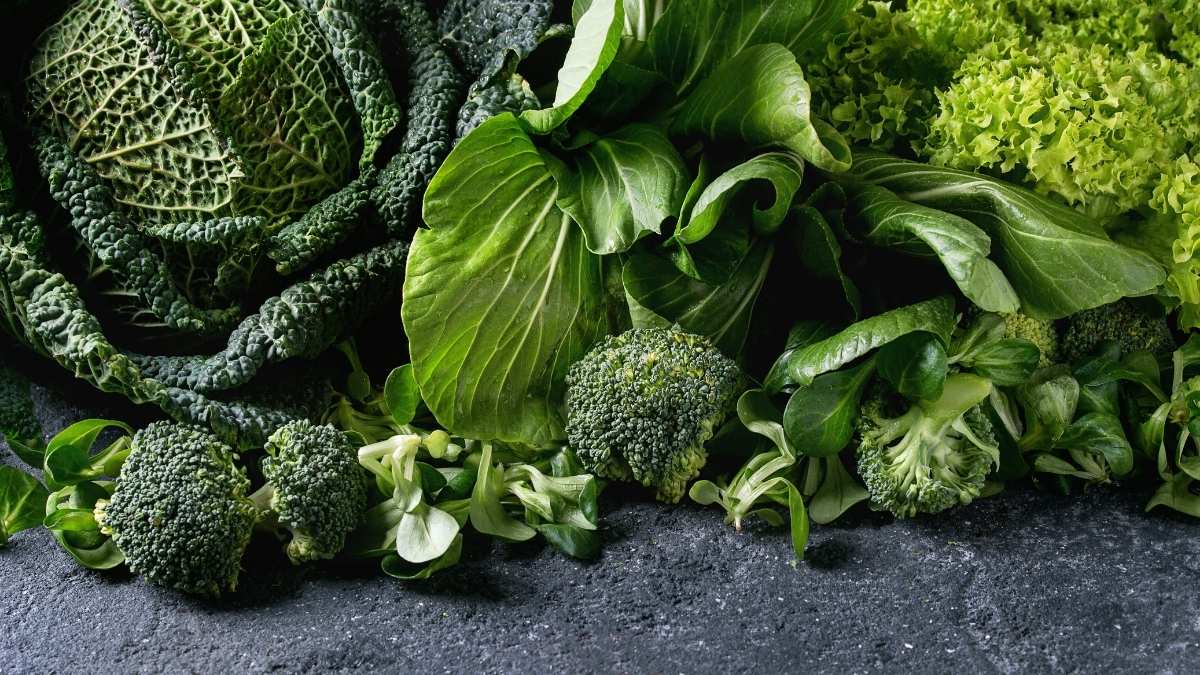
One cup of cooked kale gives you over 1,000% of your daily vitamin K needs. Collard greens and bok choy pack similar amounts. These greens also provide calcium, but here’s the surprising part: your body absorbs calcium from these vegetables better than from milk.
How Much You Actually Need
Eat 2-3 cups of raw leafy greens daily, or 1 cup cooked. This sounds like a lot, but it’s easier than you think.
Keep the Nutrients In
Steam or sauté greens quickly. Long cooking destroys vitamin K. Add a little olive oil or butter. The fat helps your body absorb vitamin K better.
Don’t boil greens in water. You’ll pour the nutrients down the drain.
Make It Taste Good
Raw kale can taste bitter. Massage it with olive oil and lemon juice to soften the leaves. Add collard greens to soups. Sauté bok choy with garlic and ginger. Mix different greens in salads so no single flavor takes over.
Food 4: Almonds and Almond Butter
The Magnesium Connection
Your bones store 60% of your body’s magnesium. This mineral helps convert vitamin D into its active form. Without enough magnesium, even calcium supplements won’t work well.
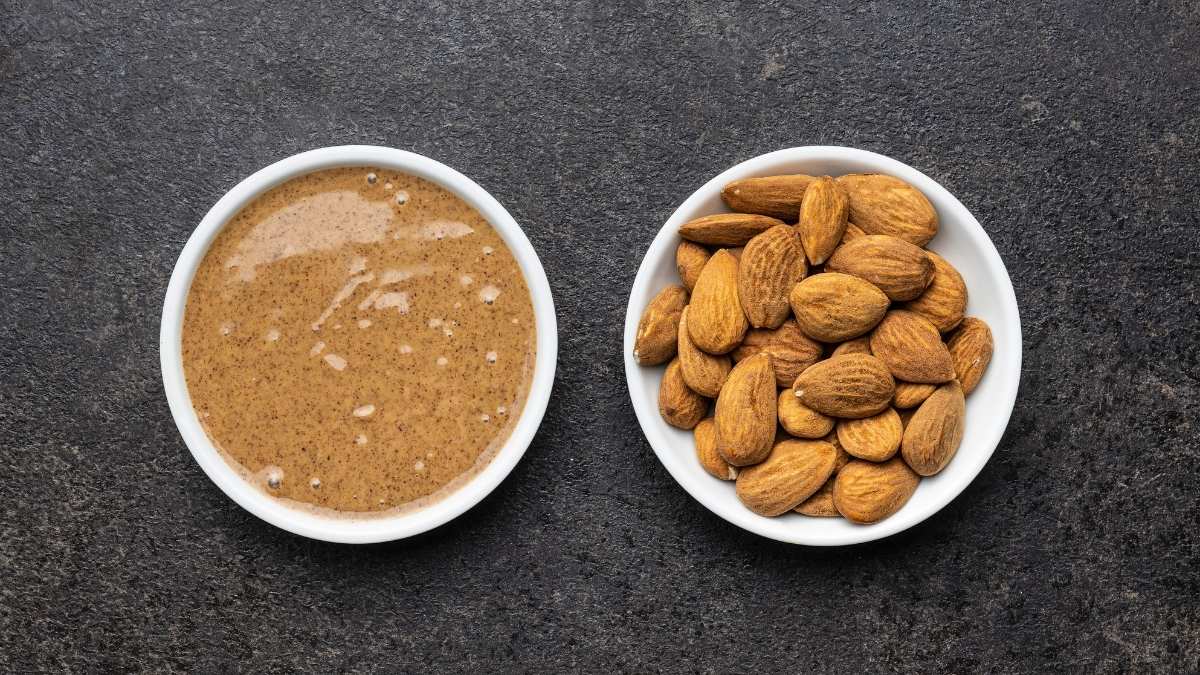
One ounce of almonds (about 24 nuts) provides 80mg of magnesium. That’s 20% of what most adults need daily. You also get healthy fats that help absorb fat-soluble vitamins.
Portion Control Matters
Stick to 1 ounce of almonds daily. That’s a small handful. Almonds are healthy, but they’re also high in calories. Too many can lead to weight gain.
For almond butter, use 2 tablespoons max per day.
Get More From Your Almonds
Soak raw almonds overnight. This makes them easier to digest and may help your body absorb nutrients better. Drain and rinse before eating.
Buy raw almonds when possible. Roasted ones often have added oils and salt.
Can’t Eat Tree Nuts?
Try sunflower seeds or pumpkin seeds. Both provide magnesium and healthy fats. Tahini (sesame seed paste) also works well and gives you calcium too.
Food 5: Eggs (Especially Pasture-Raised)
The Complete Bone Food
Eggs give you almost everything your bones need. The yolk contains vitamin D, which most people lack. One egg provides about 20 IU of vitamin D.
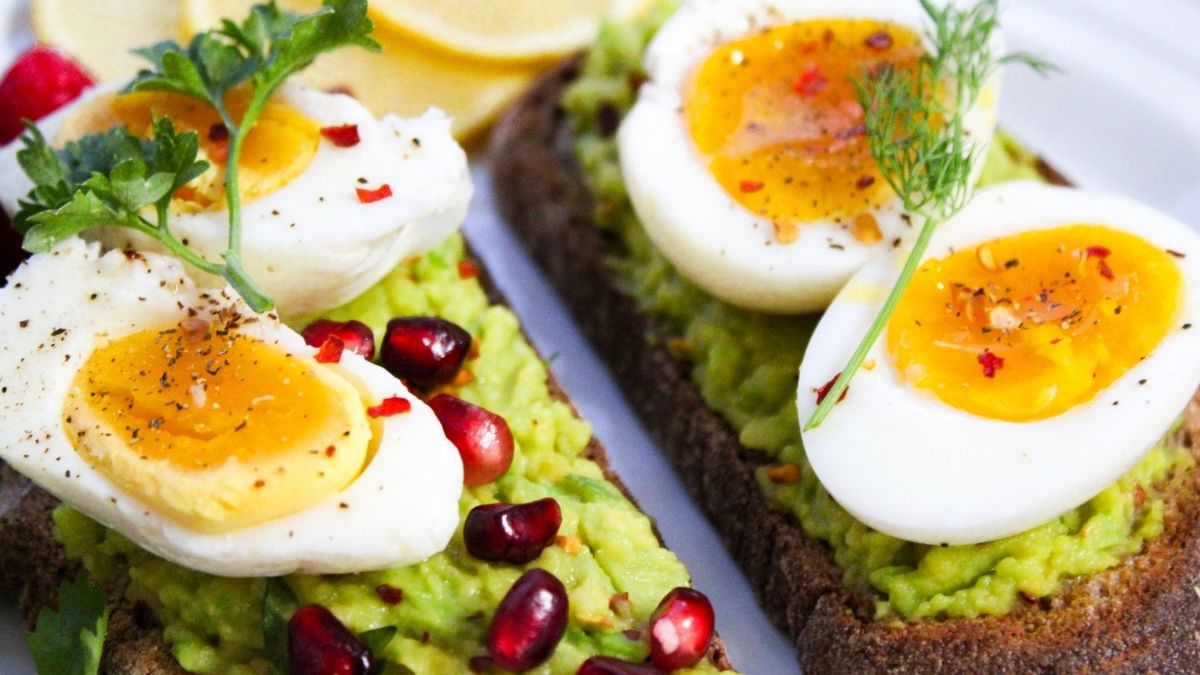
You also get complete protein with all essential amino acids your bones need to stay strong. Two whole eggs provide about 12 grams of protein.
Quality Makes a Difference
Pasture-raised eggs contain 3-4 times more vitamin D than regular eggs. The hens spend time in sunlight, which increases vitamin D in their eggs.
Look for eggs labeled “pasture-raised,” not just “free-range.” The standards are different.
How Many and How Often
Eat 2-3 whole eggs daily if your doctor says it’s okay. The cholesterol in eggs doesn’t raise blood cholesterol for most people, but check with your doctor if you have heart problems.
Keep the Nutrients
Don’t overcook eggs. Hard-boiled eggs are fine, but avoid frying at high heat. This can damage the vitamin D.
Poach, soft-boil, or scramble eggs on medium heat. Add vegetables for extra nutrients.
Food 6: Sardines
Small Fish, Big Benefits
Sardines might be small, but they pack more calcium than almost any other food. When you eat sardines with bones (they’re soft), you get about 350mg of calcium per 3.5-ounce serving.
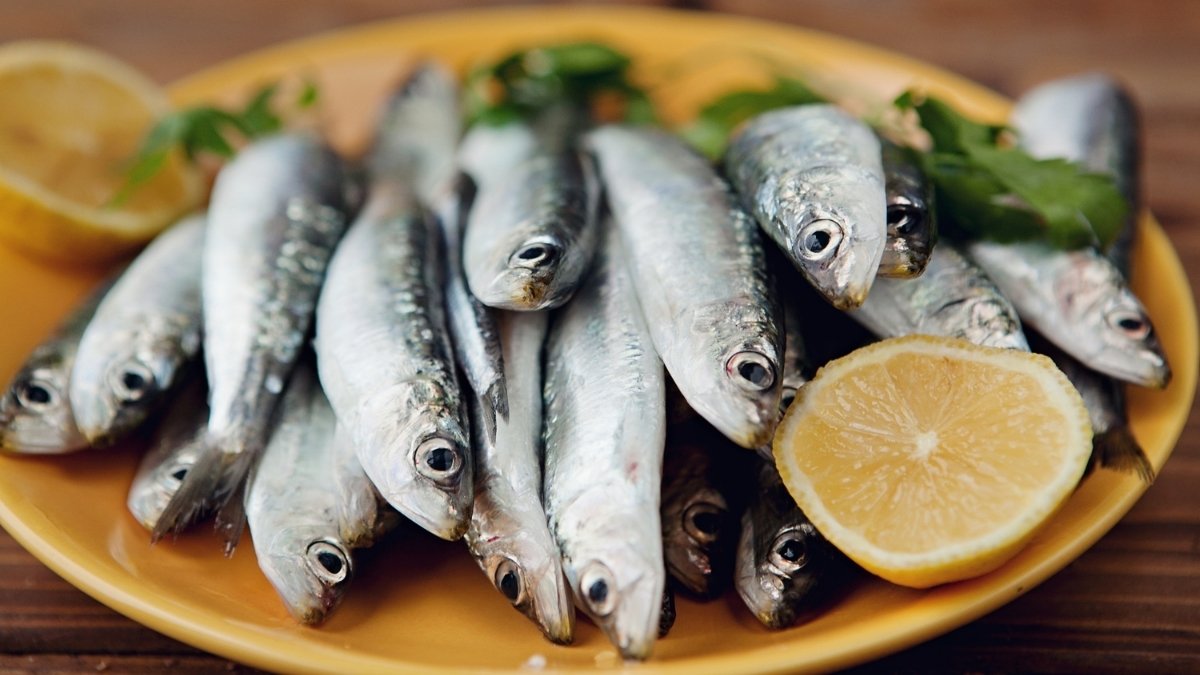
You also get vitamin D and omega-3 fats. It’s like eating a calcium supplement that actually tastes good once you learn how to prepare it.
How Often Should You Eat Them?
Aim for 2-3 servings per week. A serving is about 3.5 ounces or one small can.
Make Them Taste Better
Many people avoid sardines because of the taste. Try mashing them with avocado and lemon juice. Spread this on whole grain toast.
You can also add sardines to pasta with tomatoes and olive oil. The other flavors help mask the fishy taste.
Why Choose Sardines Over Other Fish
Sardines are low in mercury because they’re small and eat plankton, not other fish. They’re also sustainable and affordable.
Canned sardines are just as nutritious as fresh ones. Look for varieties packed in olive oil or water, not vegetable oil.
Food 7: Broccoli and Cruciferous Vegetables
More Than Just Calcium
One cup of cooked broccoli gives you about 60mg of calcium and lots of vitamin K. But broccoli has something special: sulforaphane.
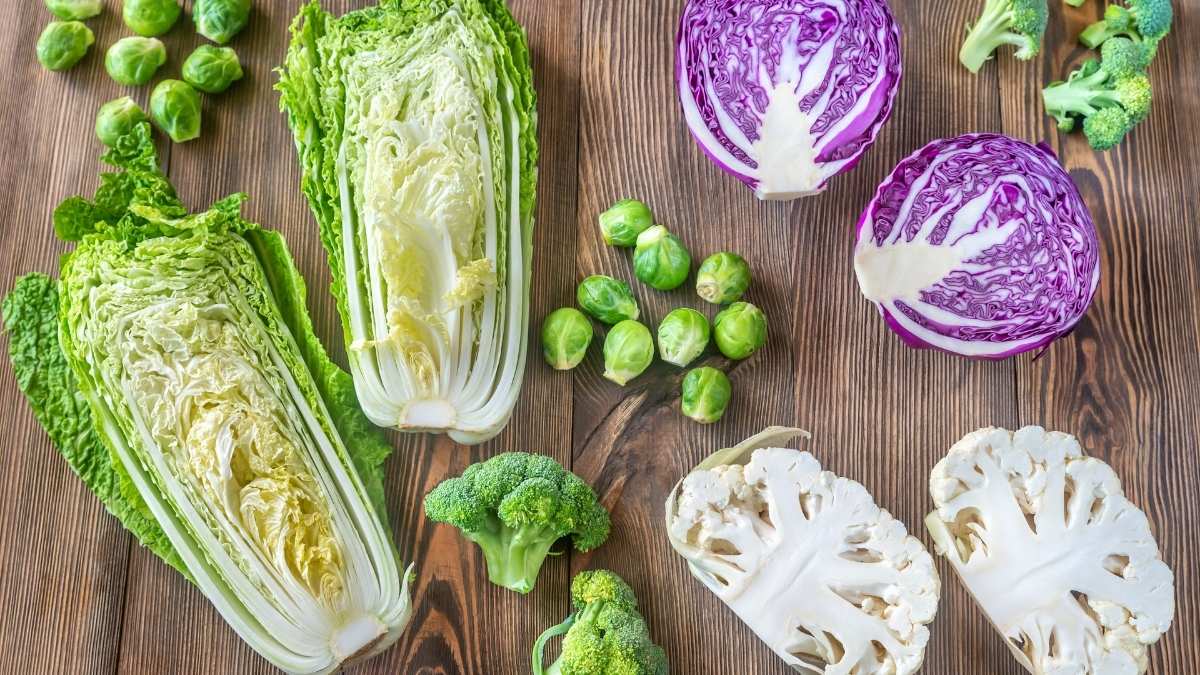
This compound may help prevent bone loss as you age. Studies show people who eat more cruciferous vegetables have stronger bones.
Other good choices include cauliflower, Brussels sprouts, and cabbage.
Daily Goal
Eat 1-2 cups of cruciferous vegetables daily. Mix different types to avoid getting bored.
Keep the Nutrients
Steam broccoli for 3-4 minutes max. It should still be bright green and slightly crisp. Overcooking destroys vitamin C and other nutrients.
You can also eat raw broccoli. Dip it in hummus or eat it in salads.
Meal Prep Made Easy
Wash and cut broccoli when you get home from the store. Keep it ready to steam or add to stir-fries.
Frozen broccoli works too. It’s picked and frozen at peak nutrition. Just don’t overcook it.
Add broccoli to soups, omelets, and grain bowls. It goes with almost everything.
Food 8: Sesame Seeds and Tahini
Tiny Seeds, Big Calcium
Two tablespoons of sesame seeds provide about 175mg of calcium. That’s more than half a cup of milk. Tahini (sesame seed paste) is even more concentrated.
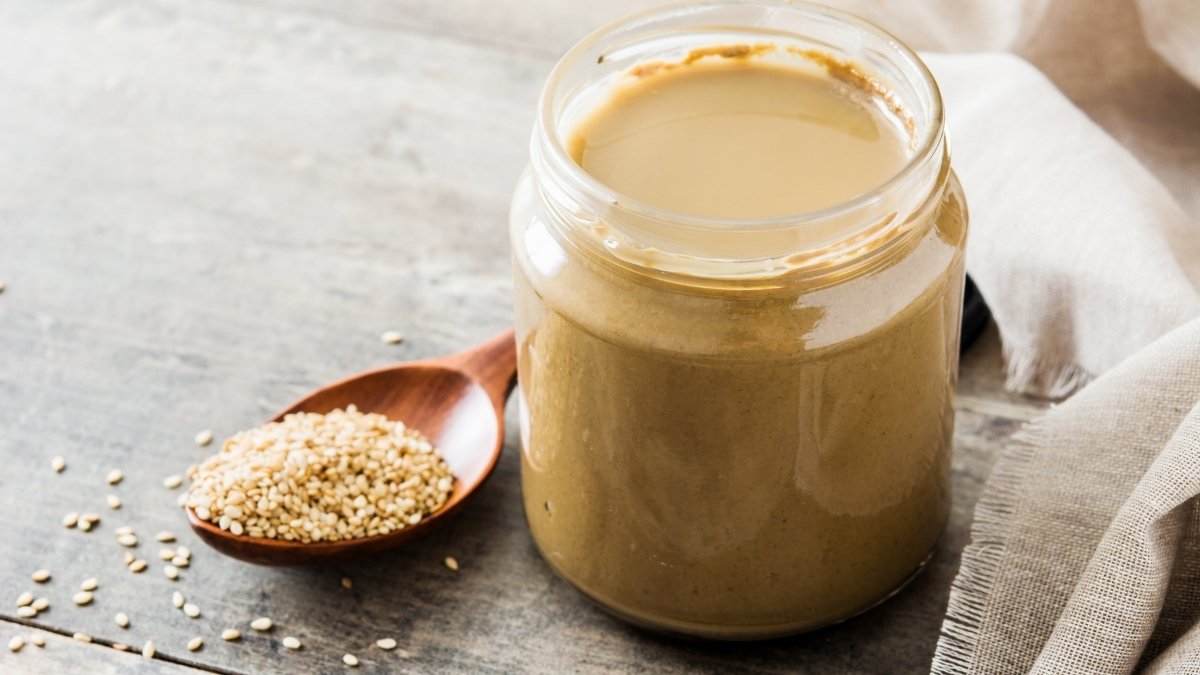
You also get magnesium and healthy fats that help your body absorb vitamins.
How Much Daily
Use 2 tablespoons of sesame seeds or tahini daily. Sprinkle seeds on salads, yogurt, or vegetables. Use tahini as a spread or in sauces.
Beyond Hummus
Tahini makes great salad dressing. Mix it with lemon juice, water, and garlic. You can also use it on toast instead of peanut butter.
Make a simple sauce with tahini, soy sauce, and honey. It’s great on vegetables or grain bowls.
Buying Tips
Buy raw sesame seeds and toast them yourself for better flavor. Store them in the fridge to prevent rancidity.
For tahini, look for brands with just one ingredient: sesame seeds. Some brands add oil or sugar you don’t need.
Food 9: Fortified Plant Milks
When Dairy Isn’t an Option
Many plant milks are fortified with calcium and vitamin D. Some contain more calcium than cow’s milk.
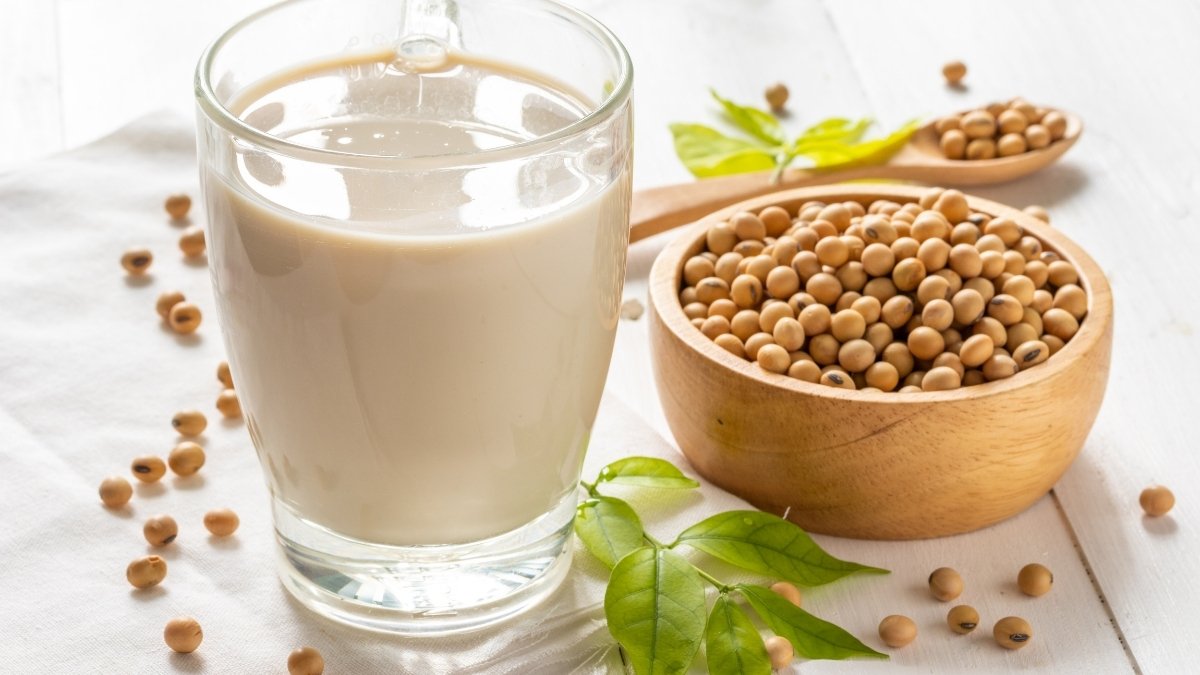
Soy milk often has the most protein and calcium. Oat milk tastes creamy but has less protein. Almond milk is lowest in calories but also lowest in protein.
Read Every Label
Not all plant milks are fortified. Check that calcium and vitamin D are added. Look for at least 300mg of calcium per cup.
Shake the container before pouring. Calcium settles at the bottom.
Store-Bought vs Homemade
Homemade plant milks taste better but don’t have added calcium or vitamin D. If you make your own, you’ll need to get these nutrients elsewhere.
Best Choices for Bones
Soy milk provides protein and isoflavones that may help prevent bone loss. Choose unsweetened varieties to avoid extra sugar.
Oat milk has beta-glucan fiber that may help lower cholesterol. But it’s higher in calories than other options.
Food 10: Prunes
The Bone Research Winner
Prunes might seem like a weird choice, but research backs them up. Studies show eating 5-6 prunes daily can improve bone density in postmenopausal women.
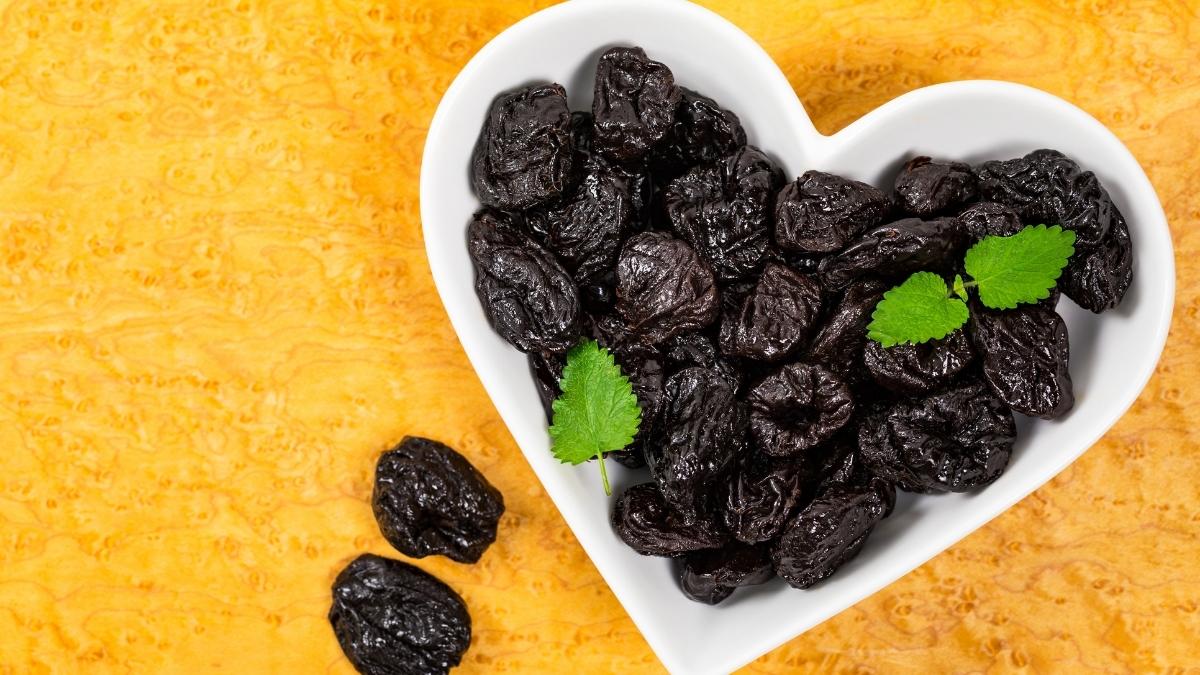
Prunes contain boron, potassium, and antioxidants that support bone health. They also provide fiber for digestive health.
The Right Amount
Eat 5-6 prunes daily. That’s about 30 grams. Start with fewer if you’re not used to eating them. Too many can cause digestive upset.
Managing Side Effects
Prunes can help with constipation, but they might work too well at first. Start with 2-3 prunes and increase gradually.
Drink plenty of water when you eat prunes. The fiber needs water to work properly.
Fresh vs Dried
Dried prunes (what most people call prunes) are more concentrated in nutrients. Fresh plums are good too, but you’d need to eat more to get the same benefits.
Easy Ways to Eat More
Chop prunes and add them to oatmeal or yogurt. They add natural sweetness. You can also blend them into smoothies or use them in homemade energy bars.
Food 11: Tofu and Tempeh
Plant Protein Plus Isoflavones
Firm tofu provides about 200mg of calcium per half-cup serving. It also contains isoflavones, plant compounds that may help prevent bone loss.
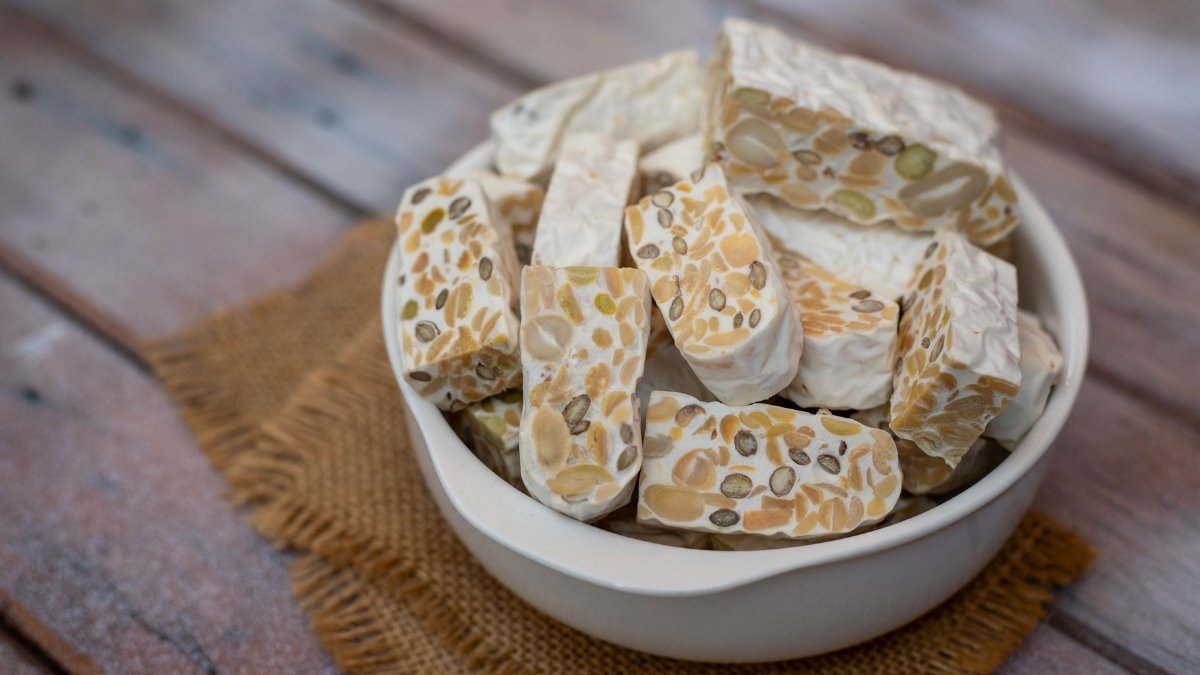
Tempeh is fermented soy with even more protein and easier digestion.
How Much and How Often
Eat 3-4 ounces of tofu or tempeh 3-4 times per week. That’s about half a cup.
Preparation Matters
Press water out of tofu before cooking. This helps it absorb flavors better. Cut it into cubes and bake at 400°F until golden.
Tempeh can be steamed, baked, or crumbled into dishes. It has a nutty flavor that works well in stir-fries.
Organic vs Conventional
Choose organic soy products when possible. Most soy in the US is genetically modified. Organic versions are not.
Making It Taste Good
Tofu absorbs whatever flavors you add. Marinate it in soy sauce, garlic, and ginger. Or use it in smoothies for extra protein.
Tempeh tastes good crumbled into pasta sauce or used as a meat substitute in tacos.
Food 12: Sweet Potatoes
Potassium for Calcium Balance
Sweet potatoes are high in potassium, which helps your body hold onto calcium. When you don’t get enough potassium, your body pulls calcium from bones to balance blood chemistry.
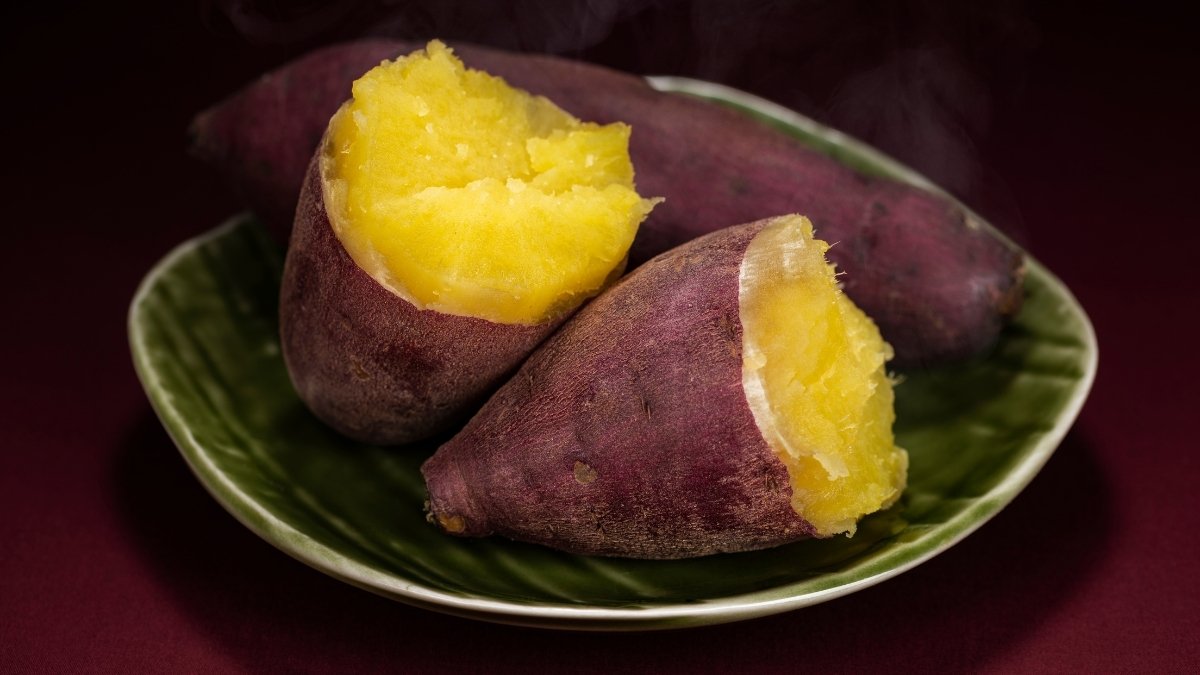
One medium sweet potato provides about 400mg of potassium. You also get vitamin A, which plays a role in bone formation.
How Often to Eat Them
Eat 1 medium sweet potato 3-4 times per week. That’s about the size of your fist.
Keep the Skin On
The skin contains fiber and nutrients. Wash the potato well and eat the whole thing.
Baking preserves more nutrients than boiling. Roast sweet potatoes at 425°F for 25-30 minutes.
Simple Preparation Ideas
Cut sweet potatoes into fries and bake them. Season with herbs instead of salt.
Mash cooked sweet potatoes with a little butter and cinnamon. Use them as a side dish or in smoothies.
Add diced sweet potatoes to soups and stews. They add natural sweetness and nutrients.
Storage Tips
Store sweet potatoes in a cool, dark place, not the refrigerator. Cold temperatures can make them taste odd.
Food 13: Mushrooms (UV-Exposed Varieties)
Natural Vitamin D Source
Most foods don’t contain vitamin D naturally. But some mushrooms do, especially if they’ve been exposed to UV light.
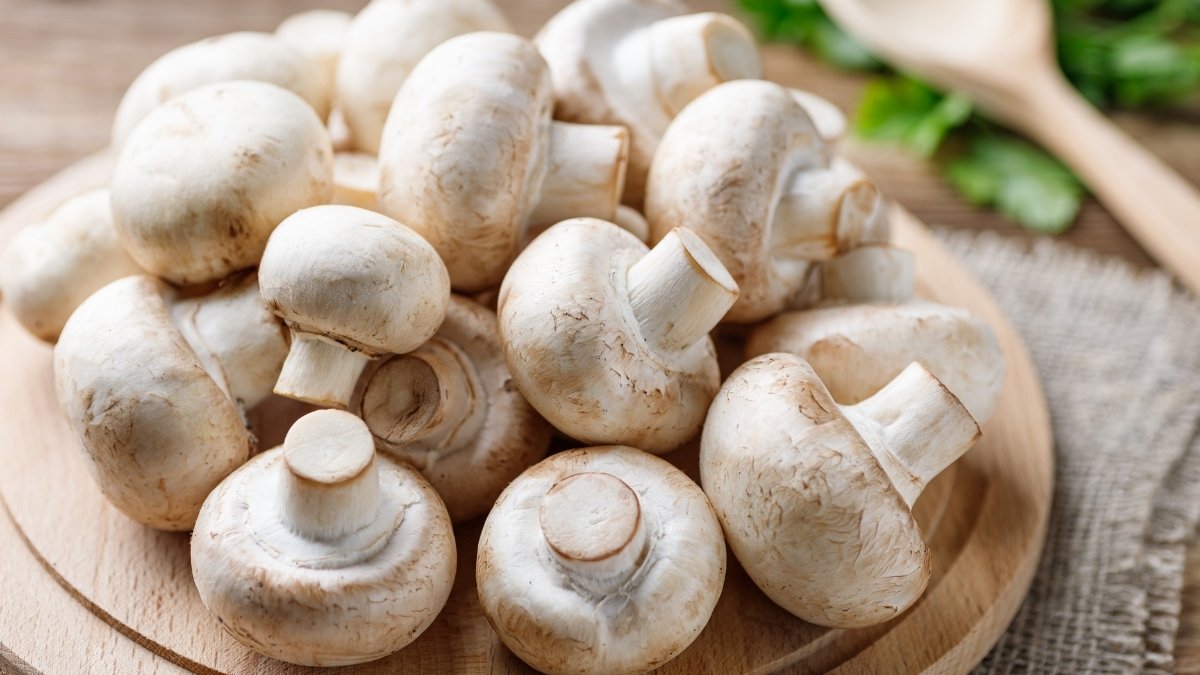
Maitake, portobello, and UV-treated mushrooms can provide 400 IU or more of vitamin D per cup.
Which Types Work Best
Look for mushrooms labeled “UV-treated” or “vitamin D enhanced.” Portobello and maitake mushrooms naturally contain some vitamin D.
Regular button mushrooms don’t have much vitamin D unless they’re specially treated.
How Much to Eat
Eat 1 cup of UV-exposed mushrooms 2-3 times per week. This can help boost your vitamin D levels.
Cooking Tips
Don’t wash mushrooms. They absorb water and become soggy. Brush off dirt with a paper towel.
Sauté mushrooms in olive oil until they’re golden brown. This brings out their flavor.
You can also grill large portobello caps and use them as burger buns.
Storage and Selection
Buy mushrooms that feel firm and dry. Avoid ones that look slimy or have dark spots.
Store mushrooms in a paper bag in the refrigerator. Plastic bags make them slimy.
Food 14: Figs (Fresh and Dried)
Calcium and Magnesium Together
Figs provide both calcium and magnesium in good amounts. Four fresh figs give you about 60mg of calcium. Dried figs are more concentrated.
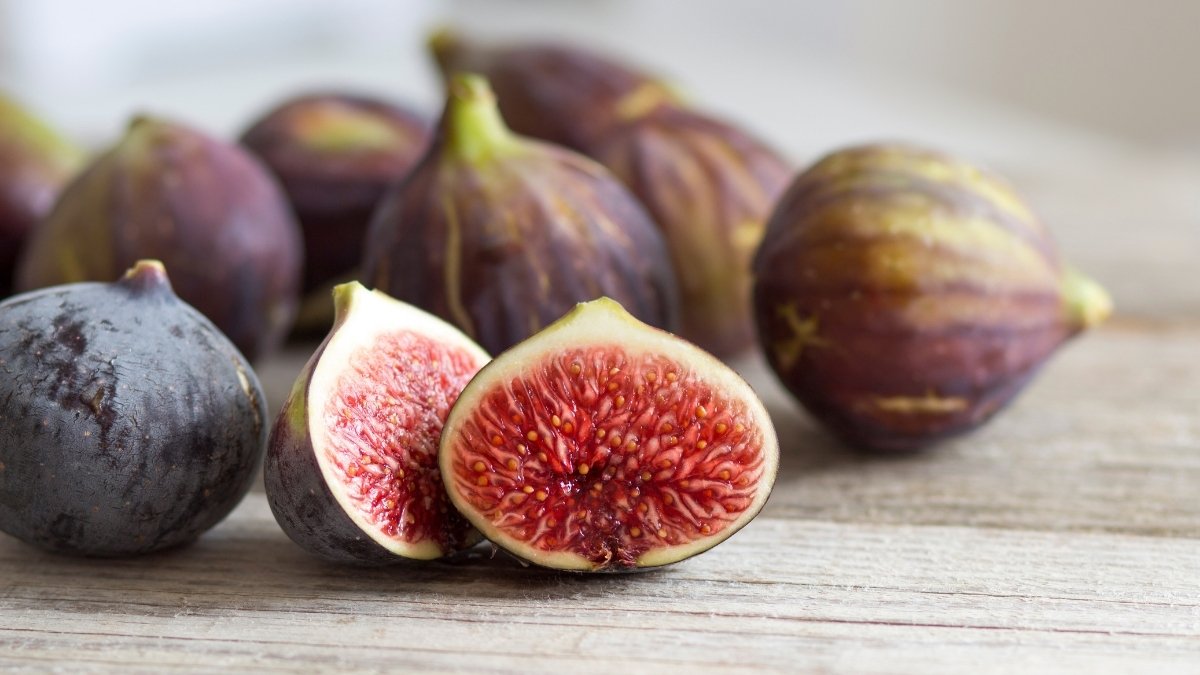
You also get potassium, which helps your body retain calcium.
How Many to Eat
Eat 3-4 fresh figs or 2-3 dried figs daily. Dried figs are higher in sugar, so watch portions if you have diabetes.
Fresh vs Dried Considerations
Fresh figs are available late summer and fall. They don’t keep long, so eat them quickly.
Dried figs are available year-round but contain more sugar. They’re still healthy in small amounts.
Blood Sugar Management
Figs are naturally sweet. If you have diabetes, eat them with protein or healthy fat to slow sugar absorption.
Try figs with nuts or cheese for a balanced snack.
Seasonal Tips
When fresh figs are in season, buy extra and freeze them. Frozen figs work well in smoothies.
Dried figs keep for months in a sealed container. They make good additions to oatmeal and yogurt.
Food 15: Bone Broth
Minerals and Collagen
Real bone broth contains calcium, magnesium, and phosphorus from the bones. You also get collagen, which helps keep bones flexible.
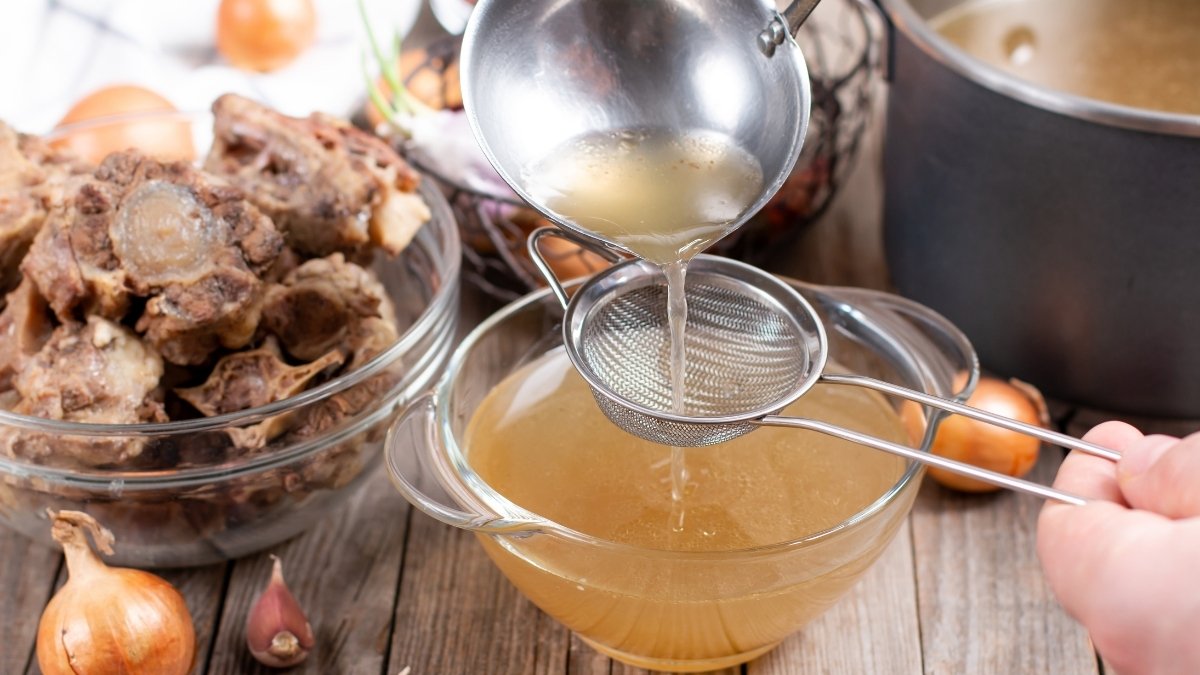
The long cooking process breaks down bones and releases minerals into the broth.
Quality Matters Most
Use bones from grass-fed, organic animals when possible. These contain more nutrients and fewer harmful chemicals.
Cook bones for 12-24 hours to extract maximum nutrients. Add a little vinegar to help pull minerals from the bones.
How Much Daily
Drink 1-2 cups of bone broth daily. You can sip it like tea or use it as a base for soups.
Homemade vs Store-Bought
Homemade broth usually contains more nutrients. Many store-bought versions are just flavored water.
If buying broth, look for brands that list actual cooking times and use quality bones.
Easy Recipe
Put bones in a slow cooker with water to cover. Add 2 tablespoons of vinegar and let sit for 30 minutes. Cook on low for 12-24 hours. Strain and store in the refrigerator for up to a week.
The broth should gel when cold. This means it contains collagen.
Your Next Steps
Pick 3-5 foods from this list that you actually like. Start adding them to meals you already eat.
Don’t try to change everything at once. Add one new bone-building food each week.
Remember: the best foods for your bones are the ones you’ll actually eat regularly. Start where you are and build from there.
Your Path to Stronger Bones Starts Now
You now know the 15 most powerful bone strengthening foods over 50. These aren’t magic bullets, but they work when you stick with them.
Don’t try to change everything at once. That’s a recipe for giving up. Pick 3-4 foods from this list and add them to your weekly routine. Maybe start with Greek yogurt for breakfast, sardines twice a week, and leafy greens with dinner.
Your bones won’t change overnight. Most people see real improvements in bone density after 6-12 months of consistent eating. That might seem long, but your bones have been weakening for years. Give them time to rebuild.
Remember, food is just one piece. You still need weight-bearing exercise, vitamin D, and enough sleep. But these bone strengthening foods over 50 give your body the raw materials it needs.
Track your progress with bone density tests through your doctor. Write down what you’re eating and how you feel. Small changes add up to big results in osteoporosis prevention.

